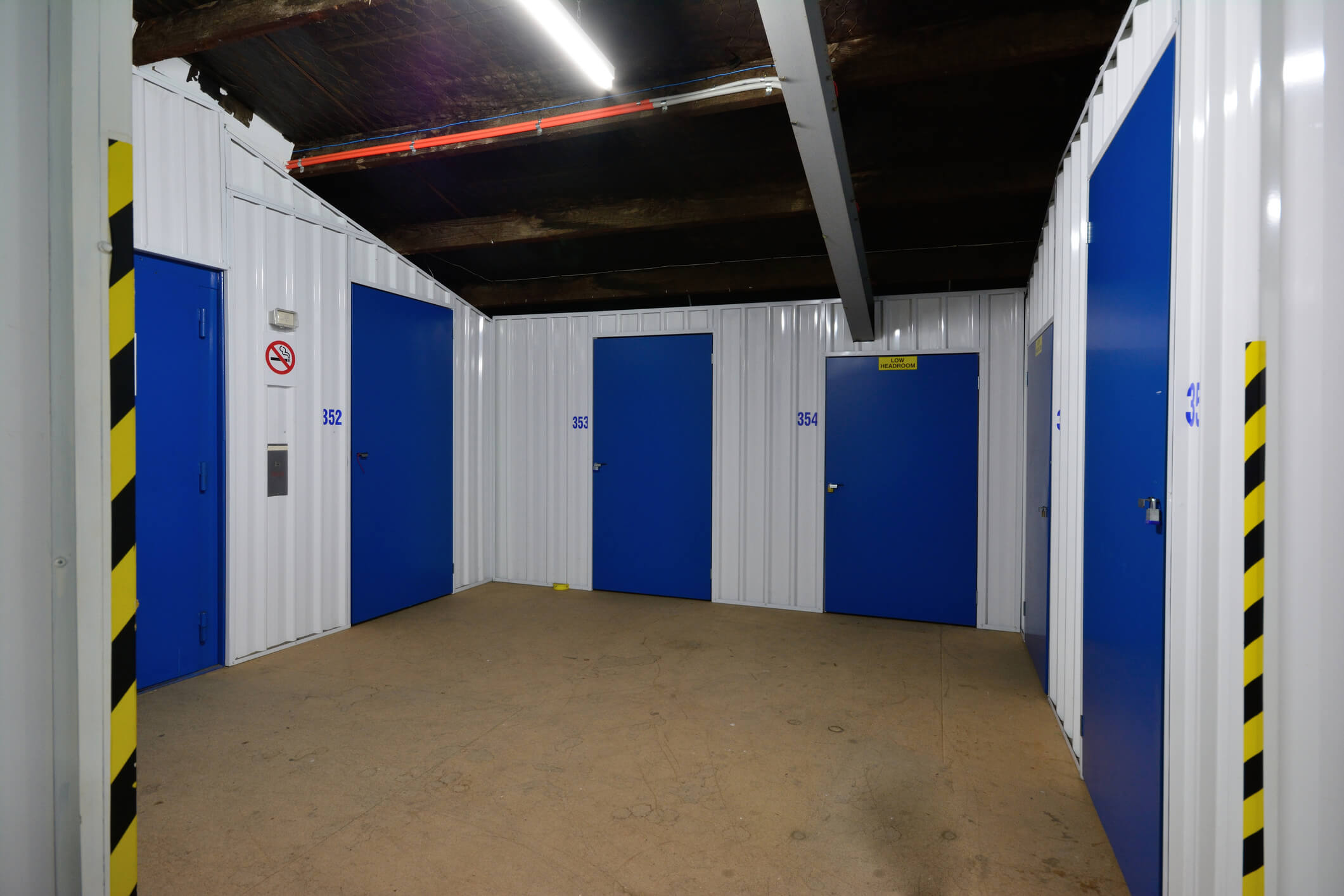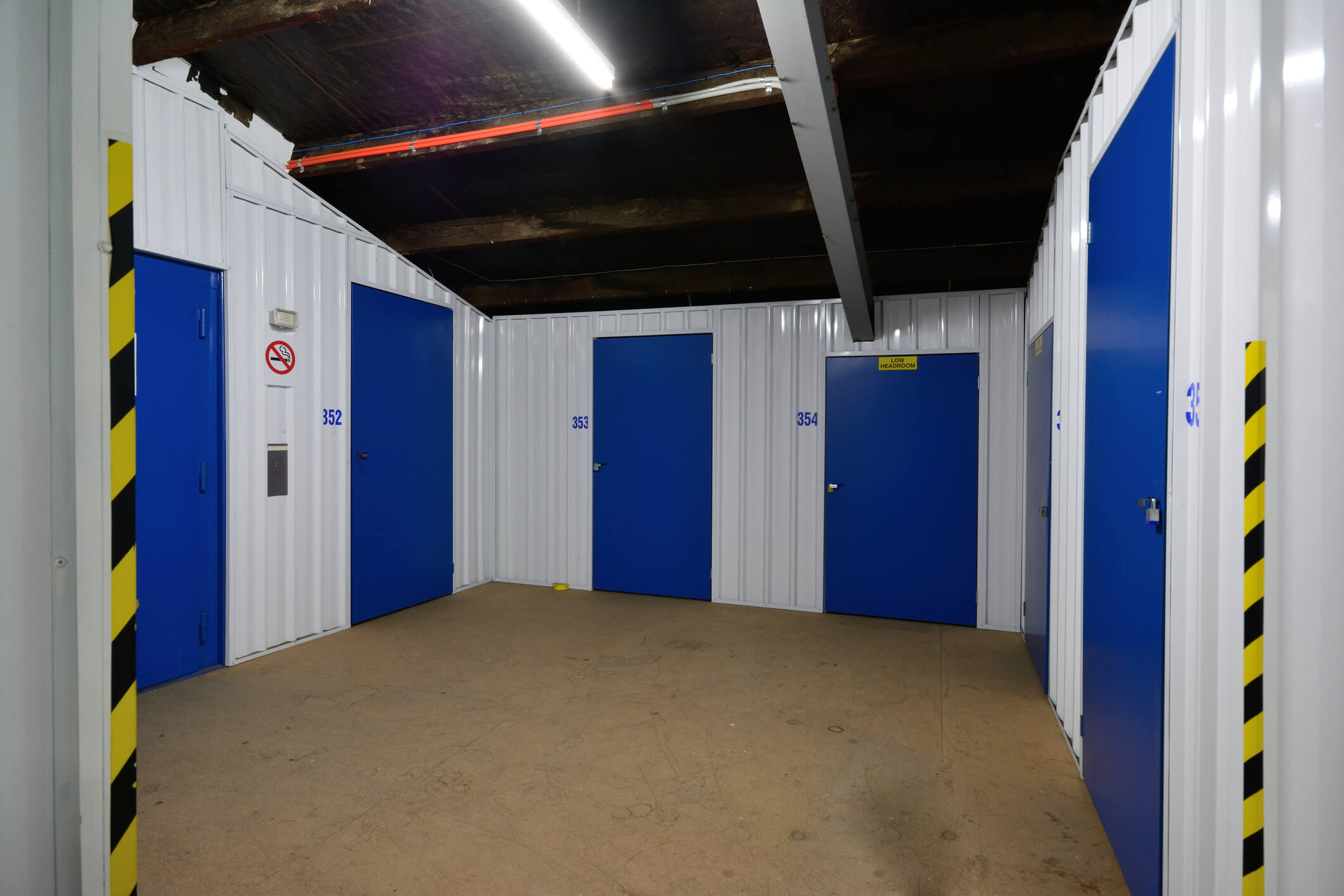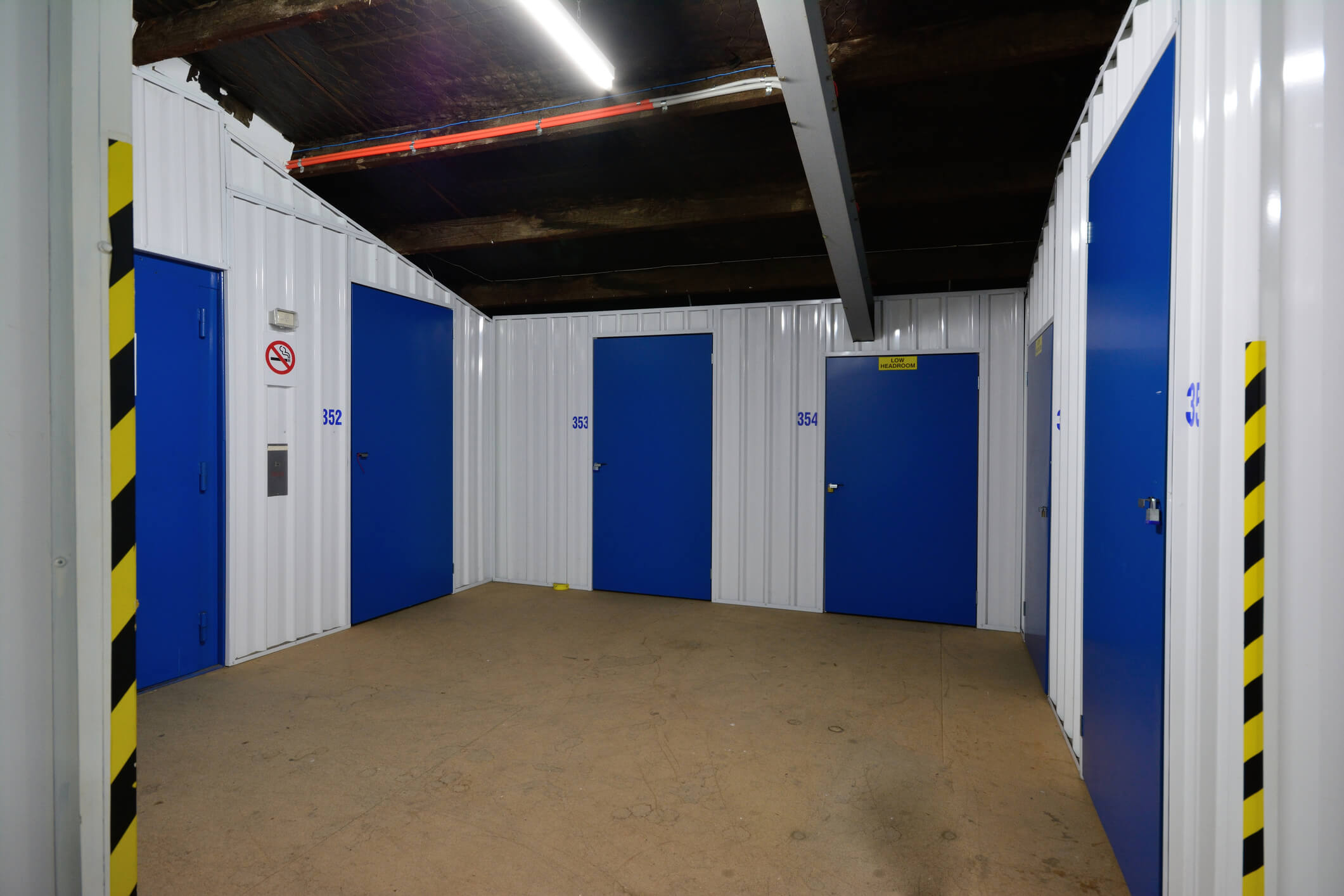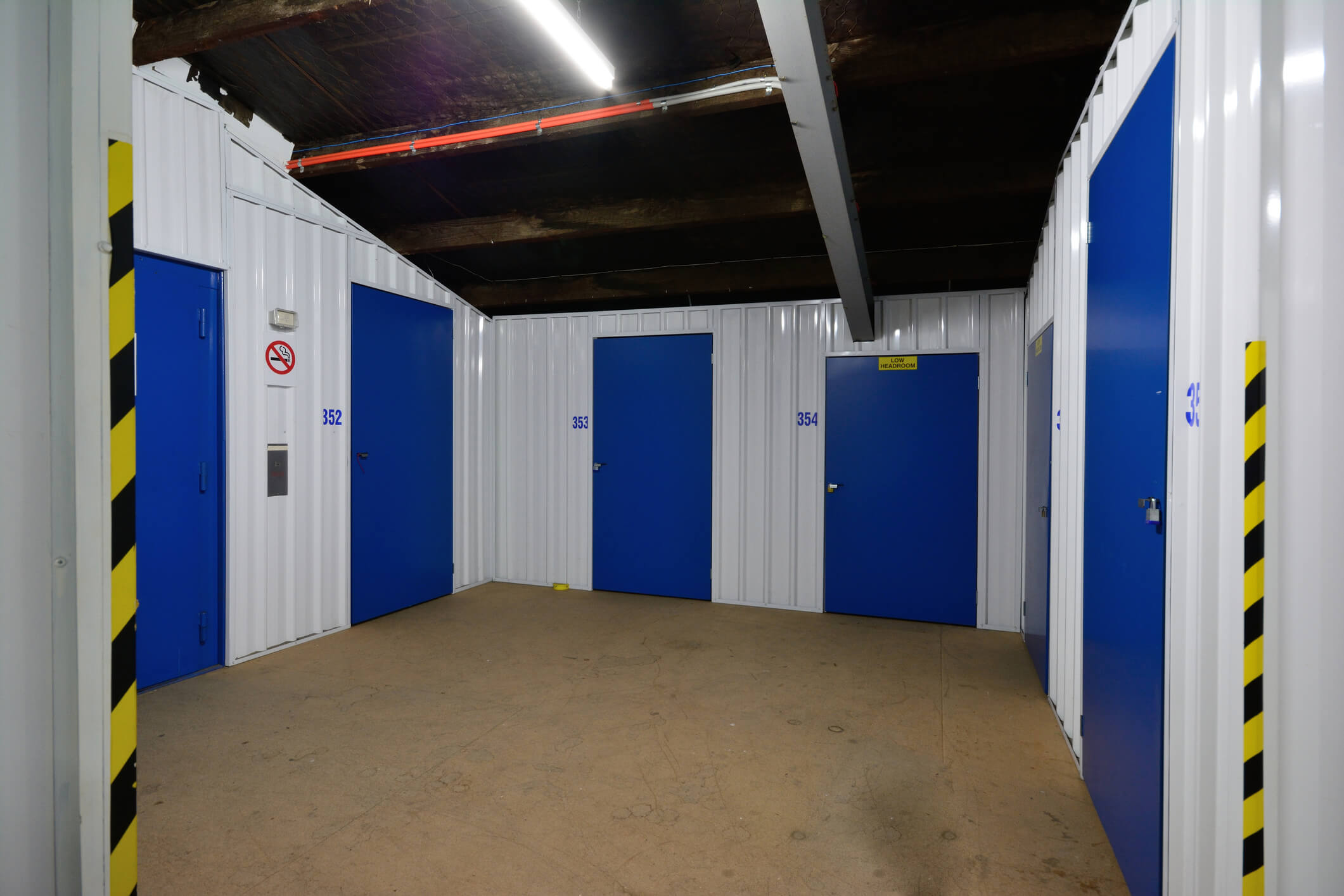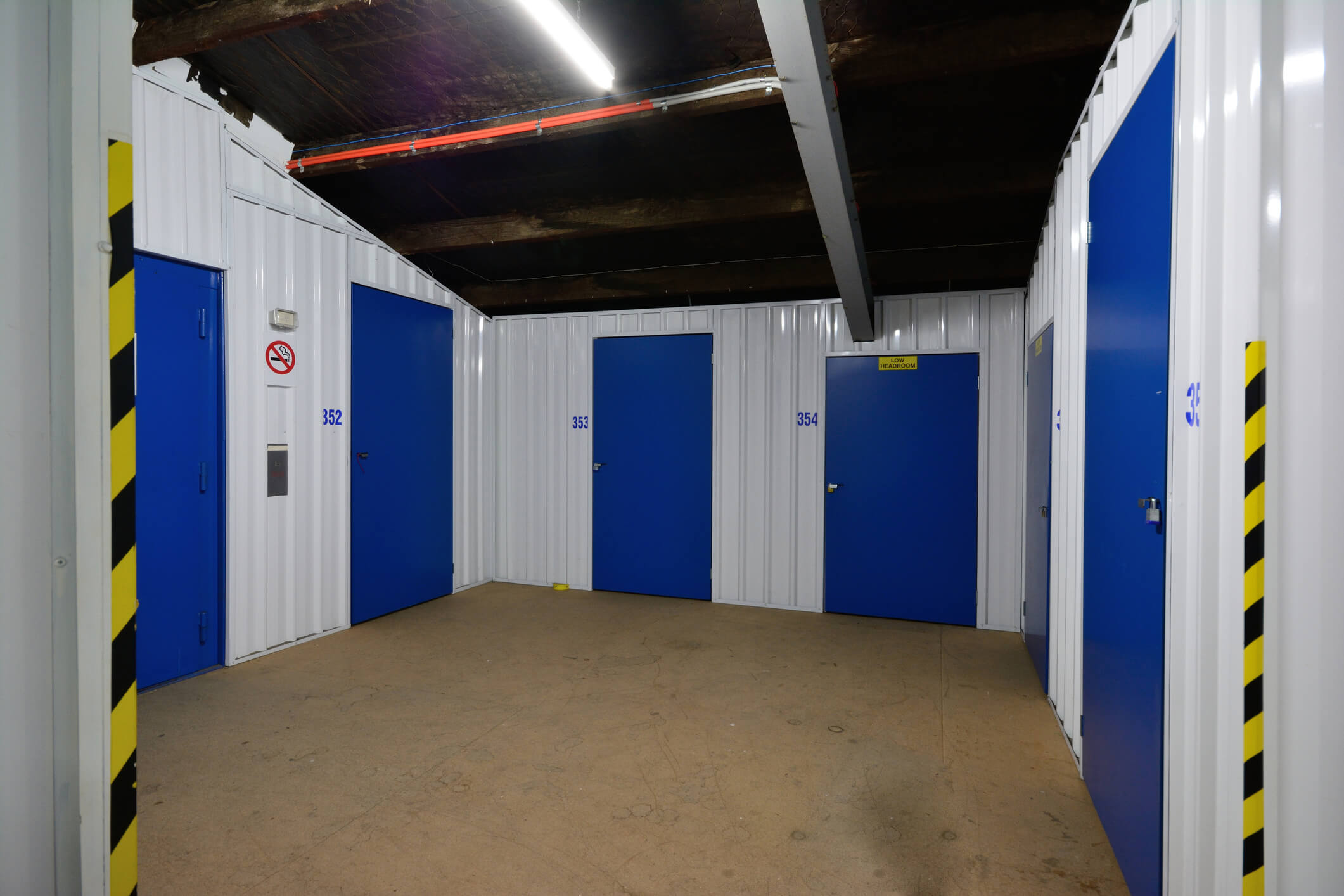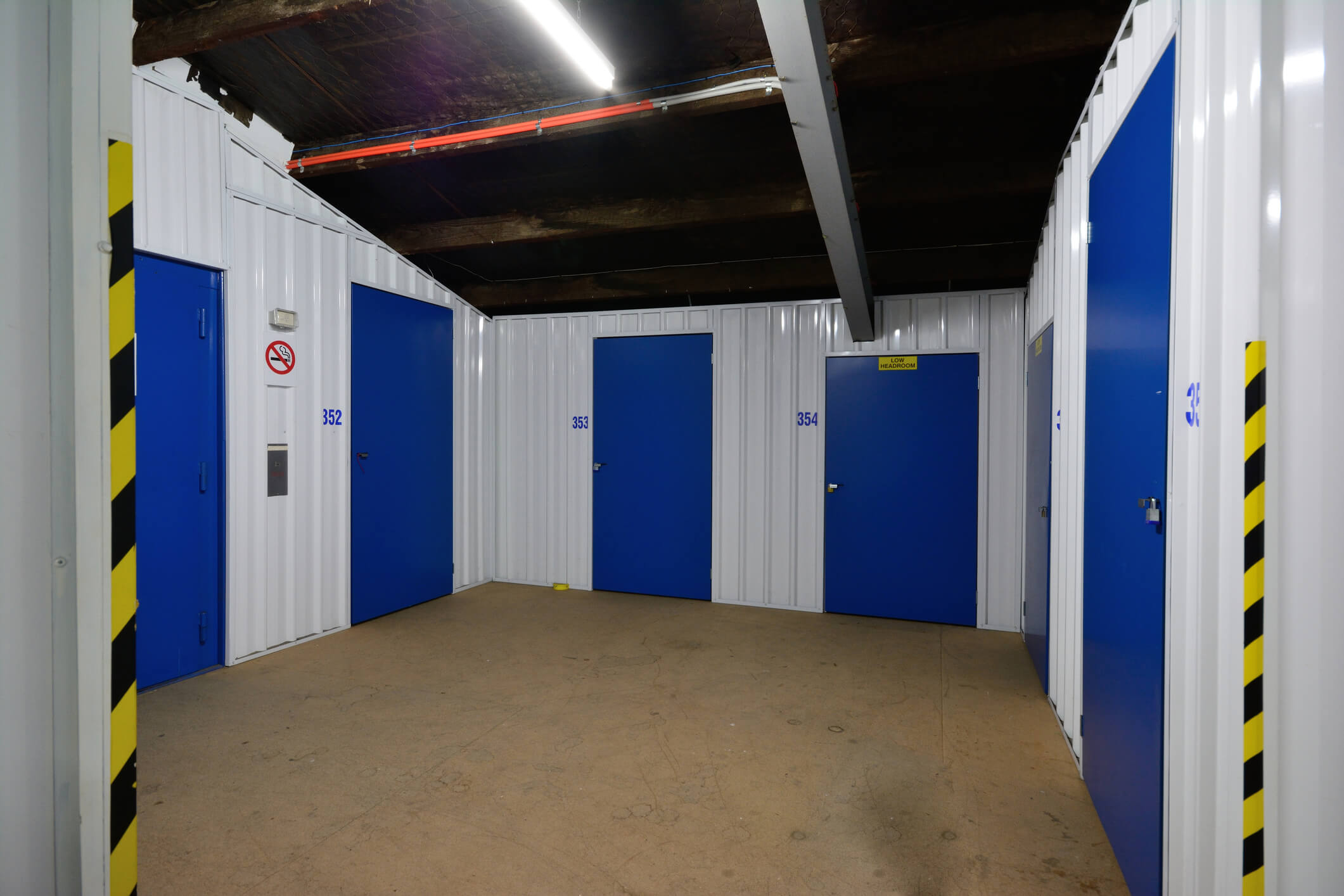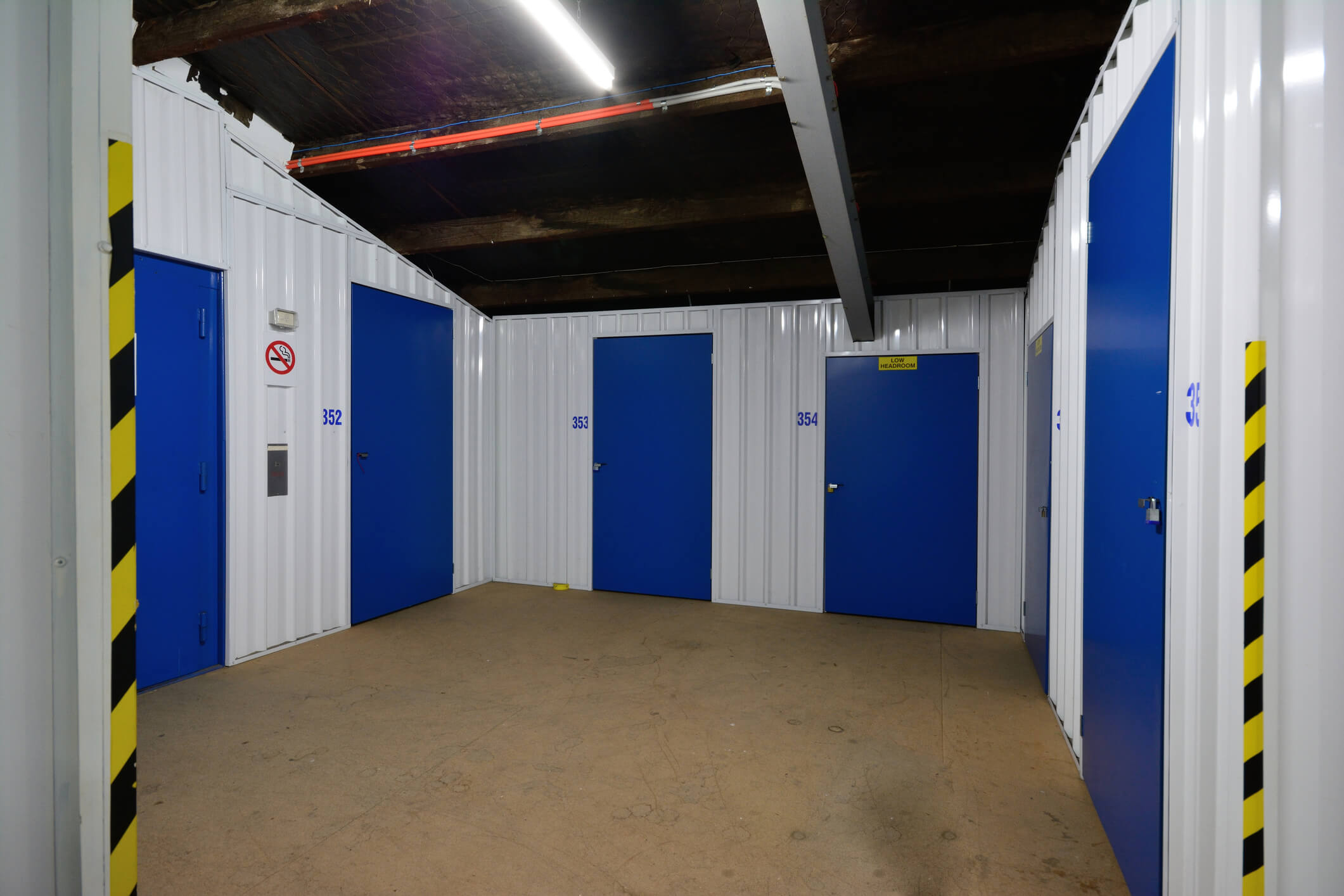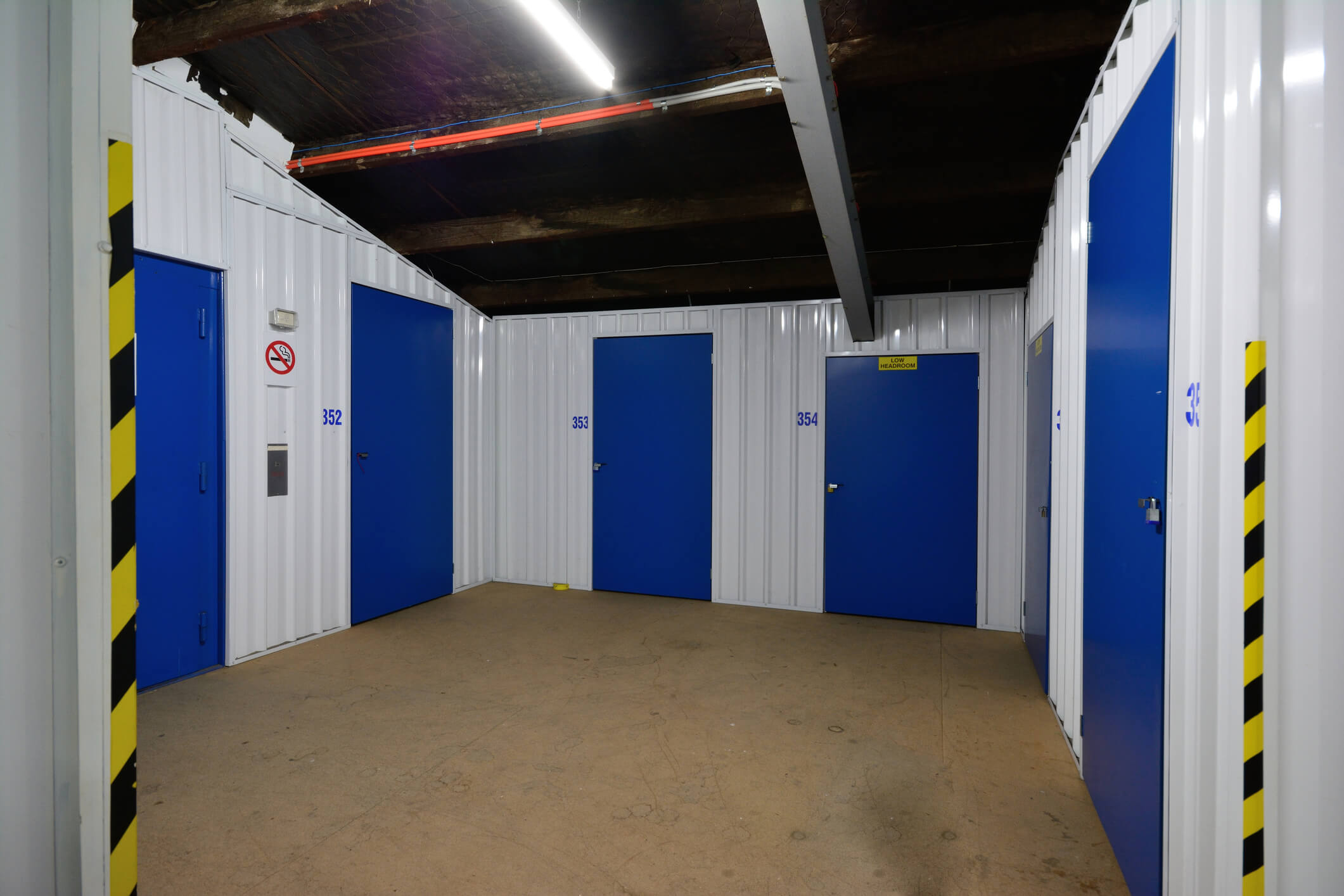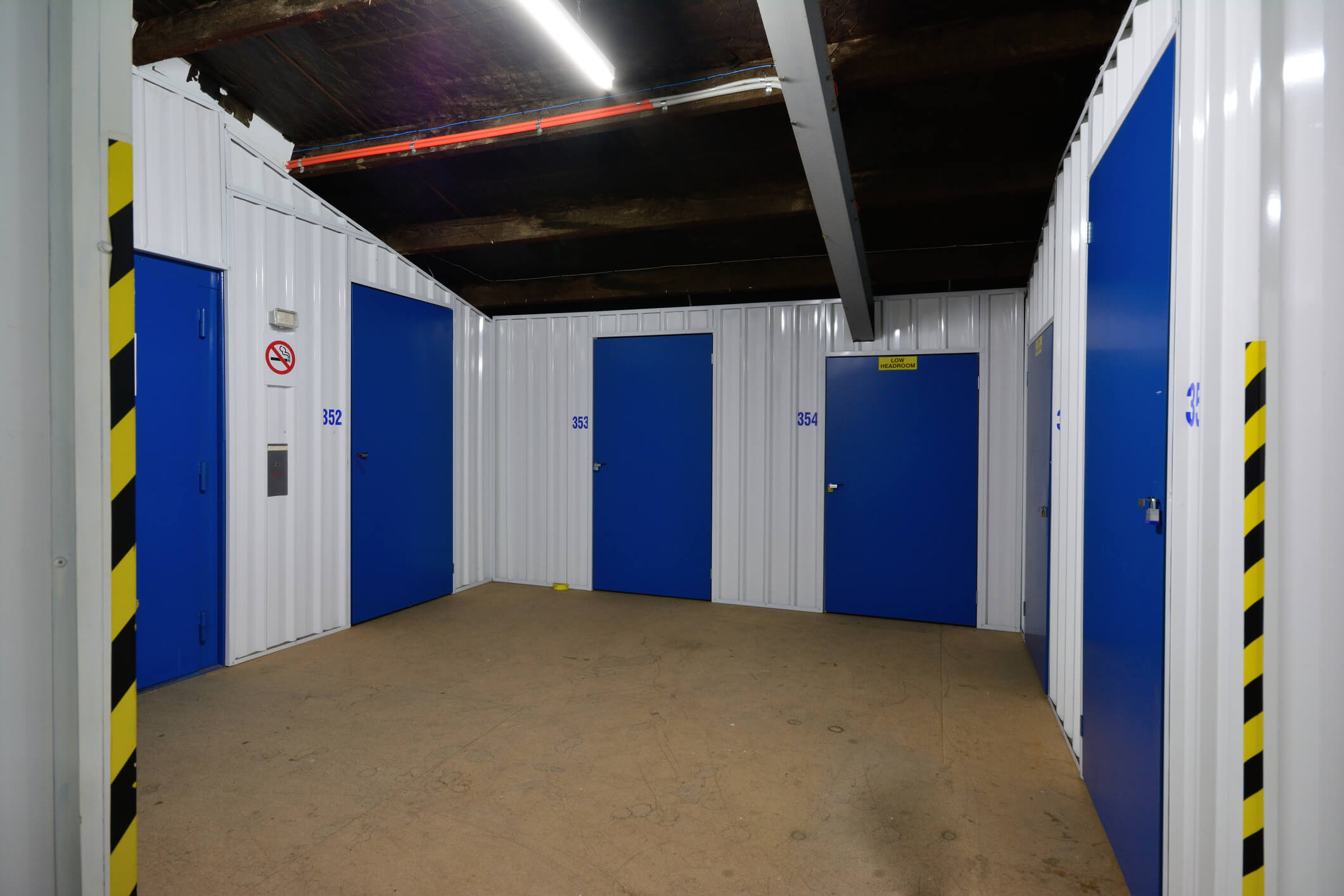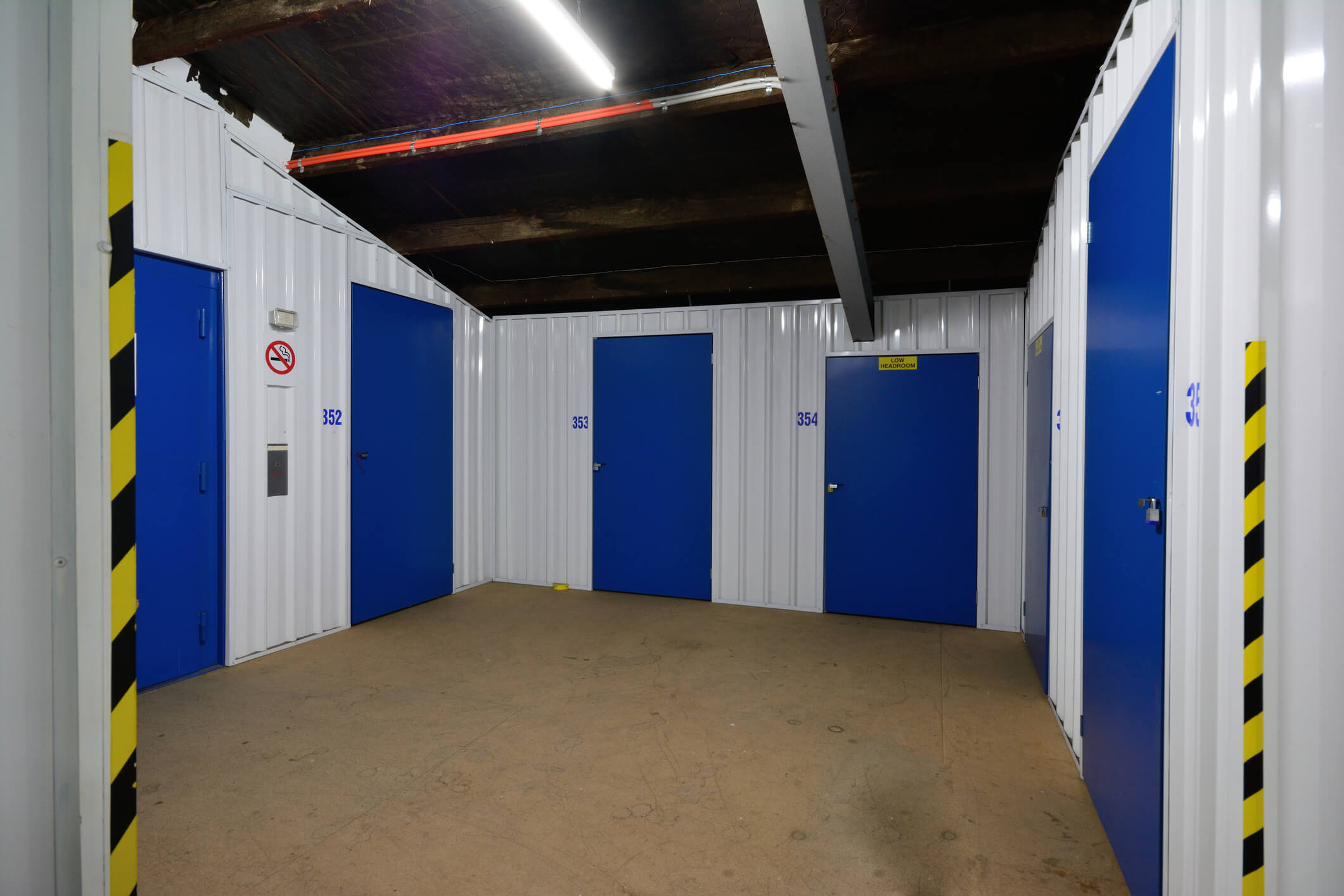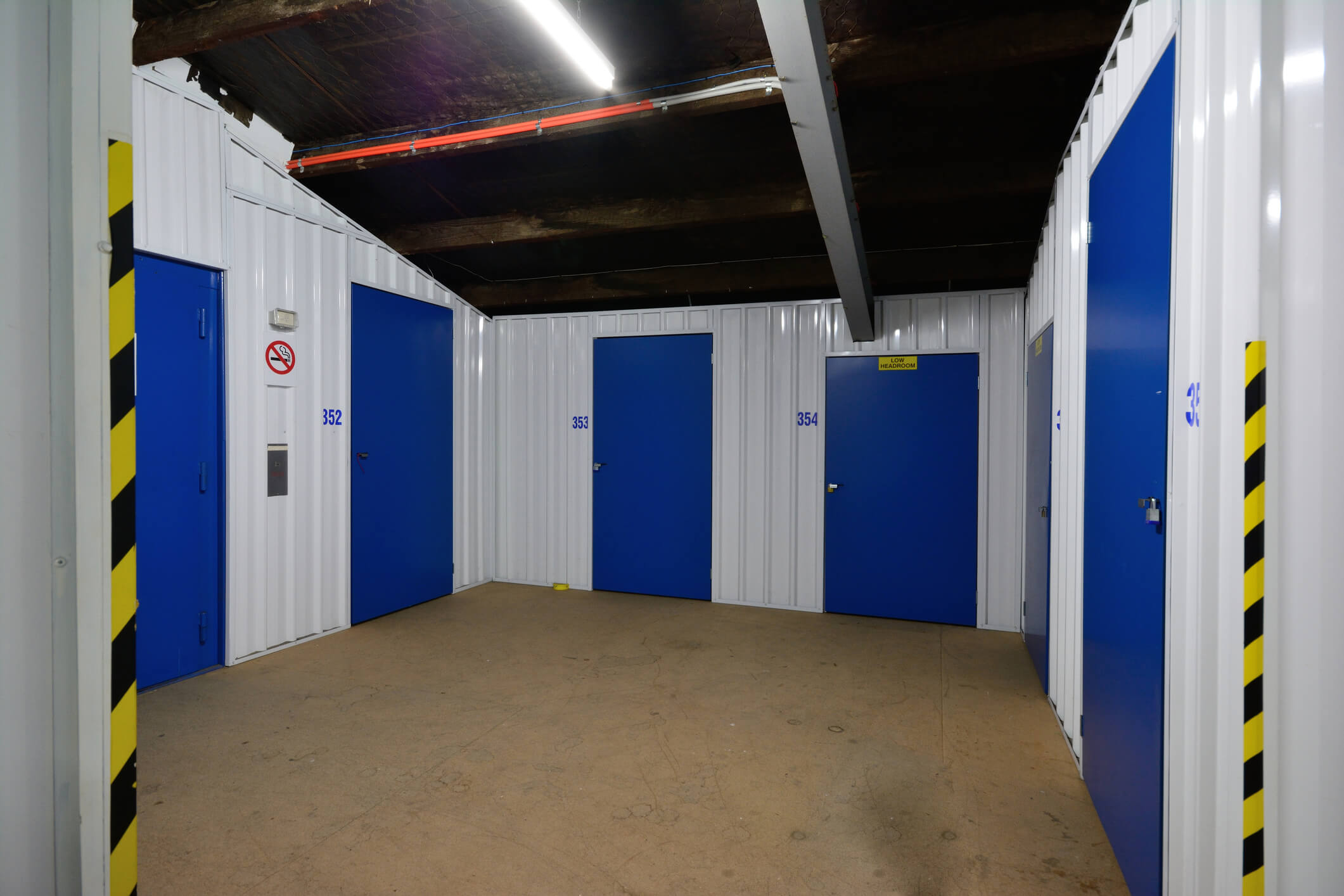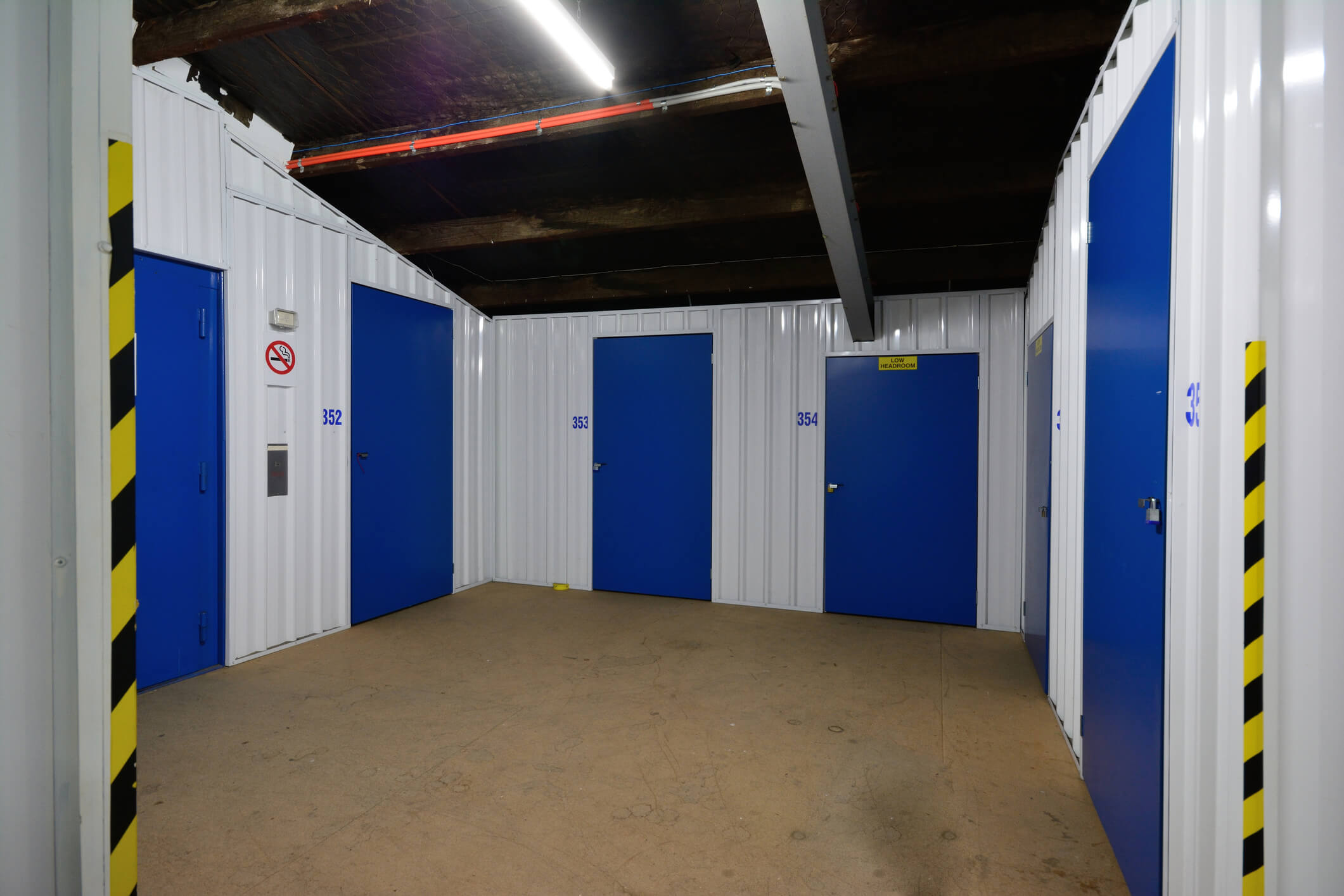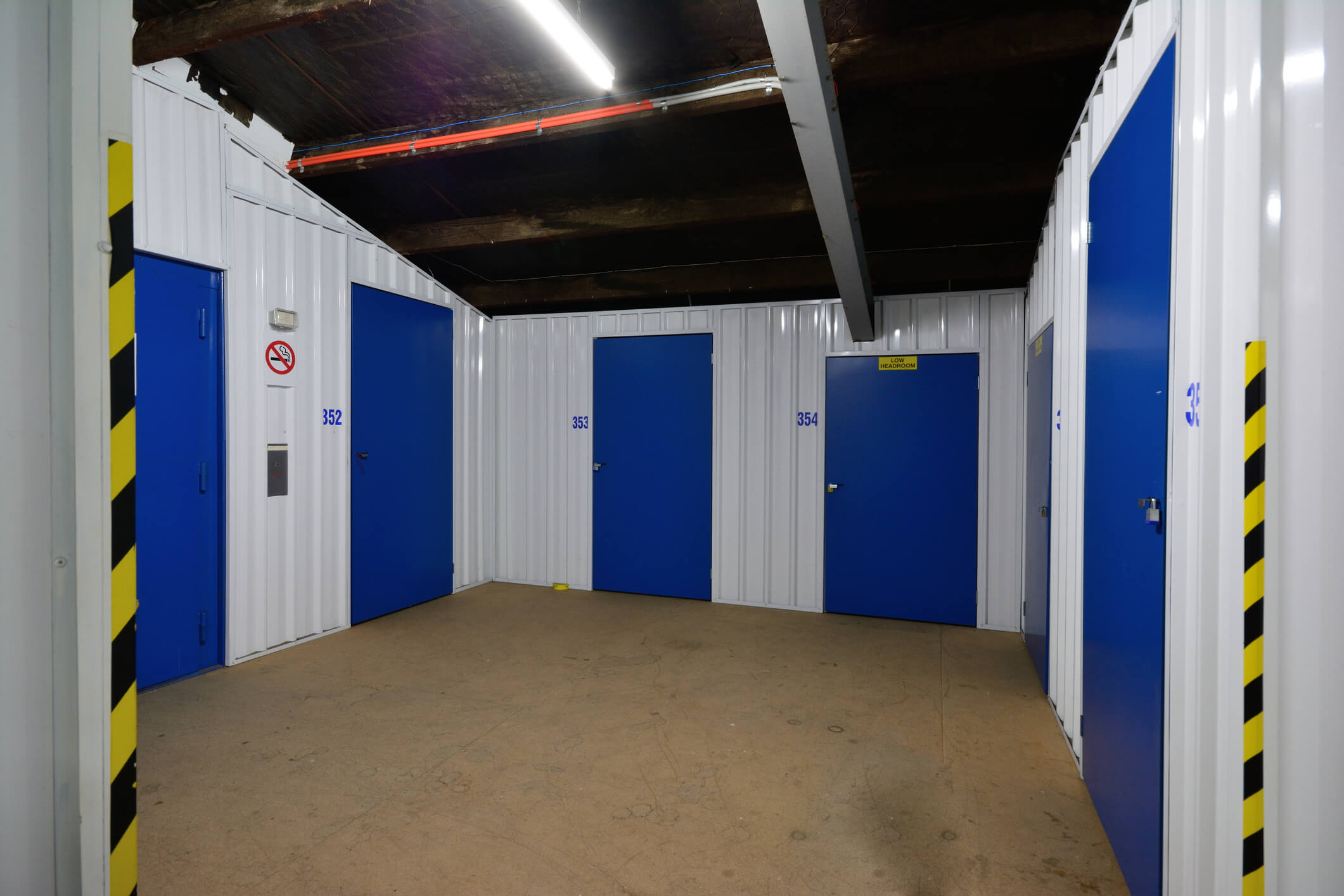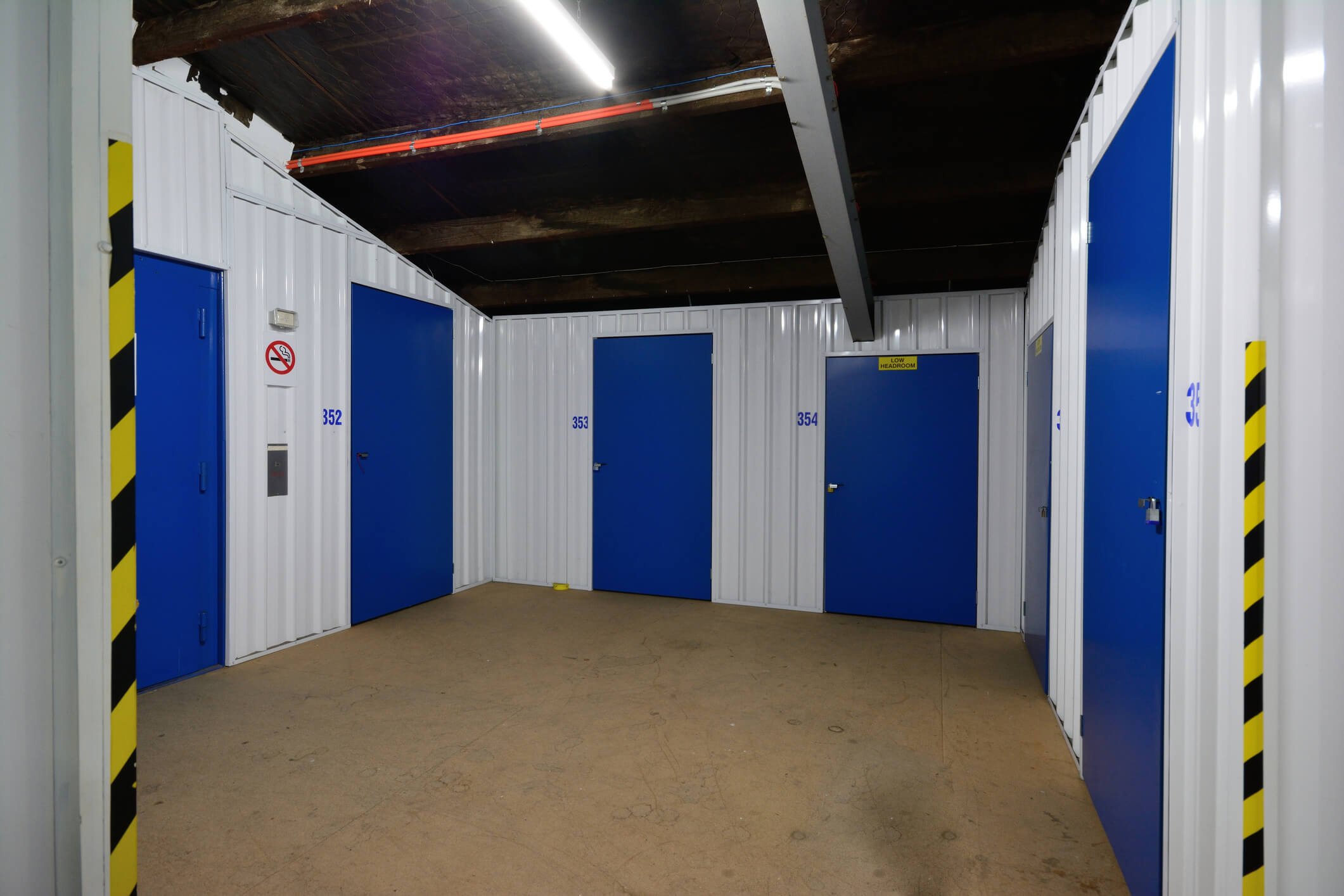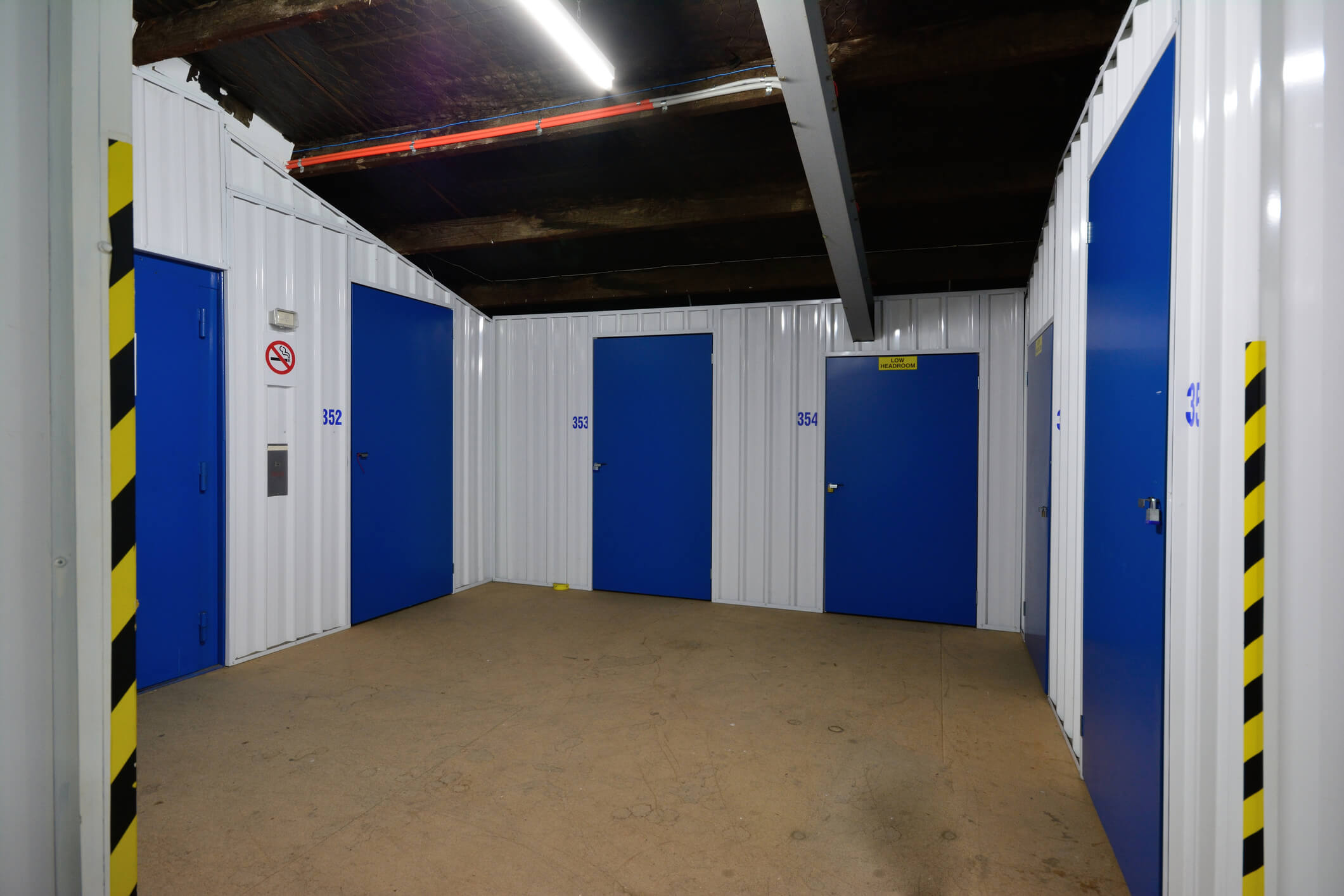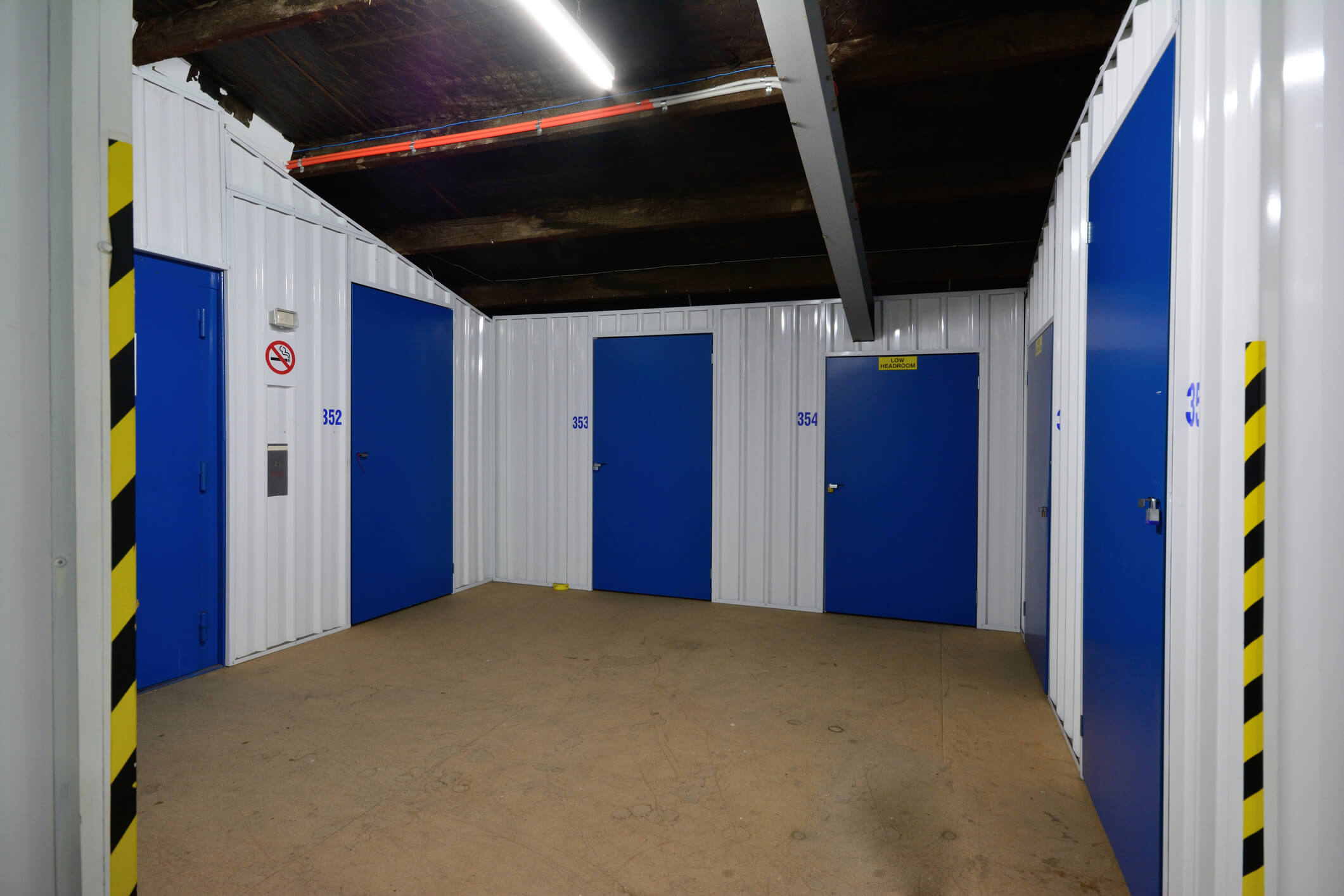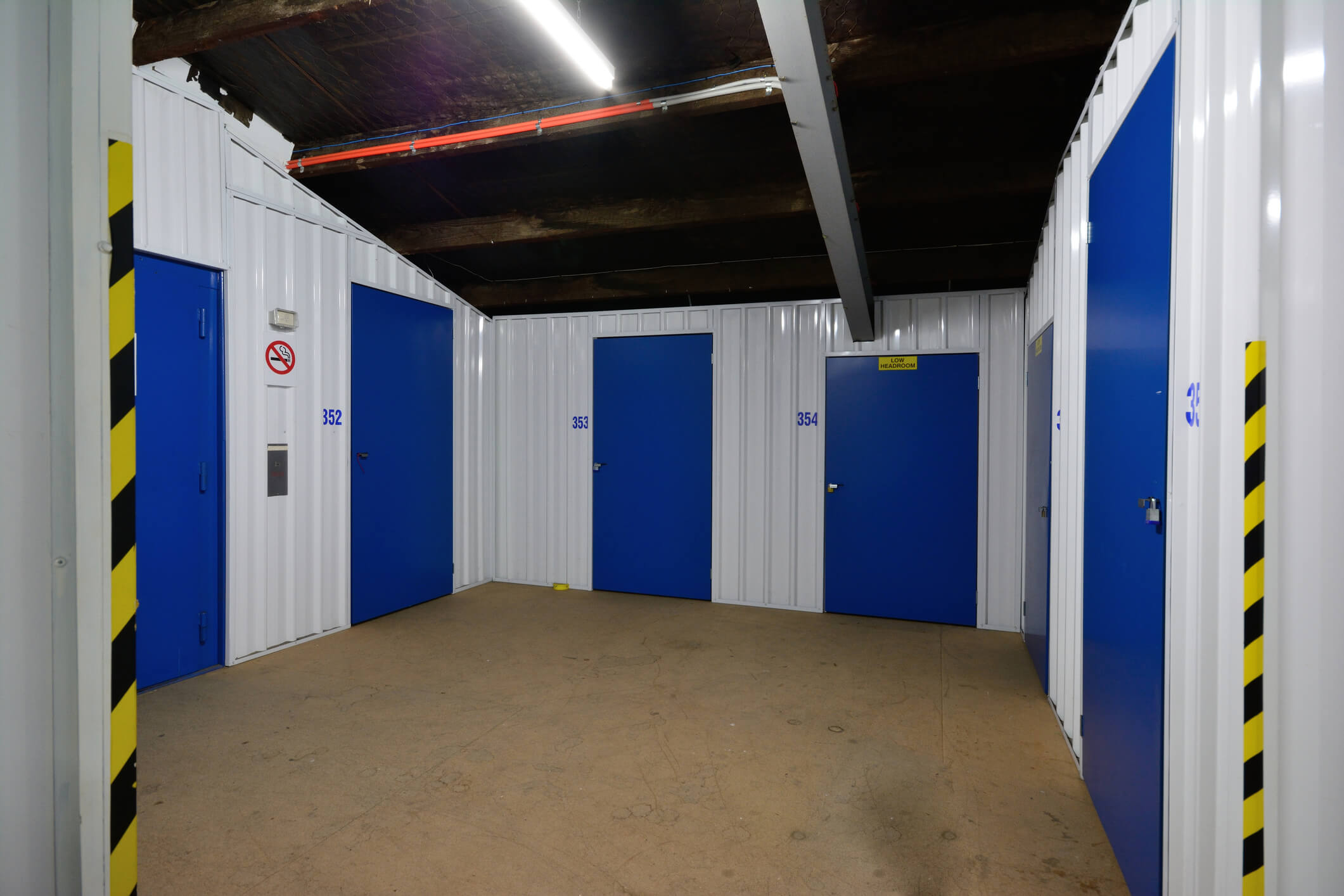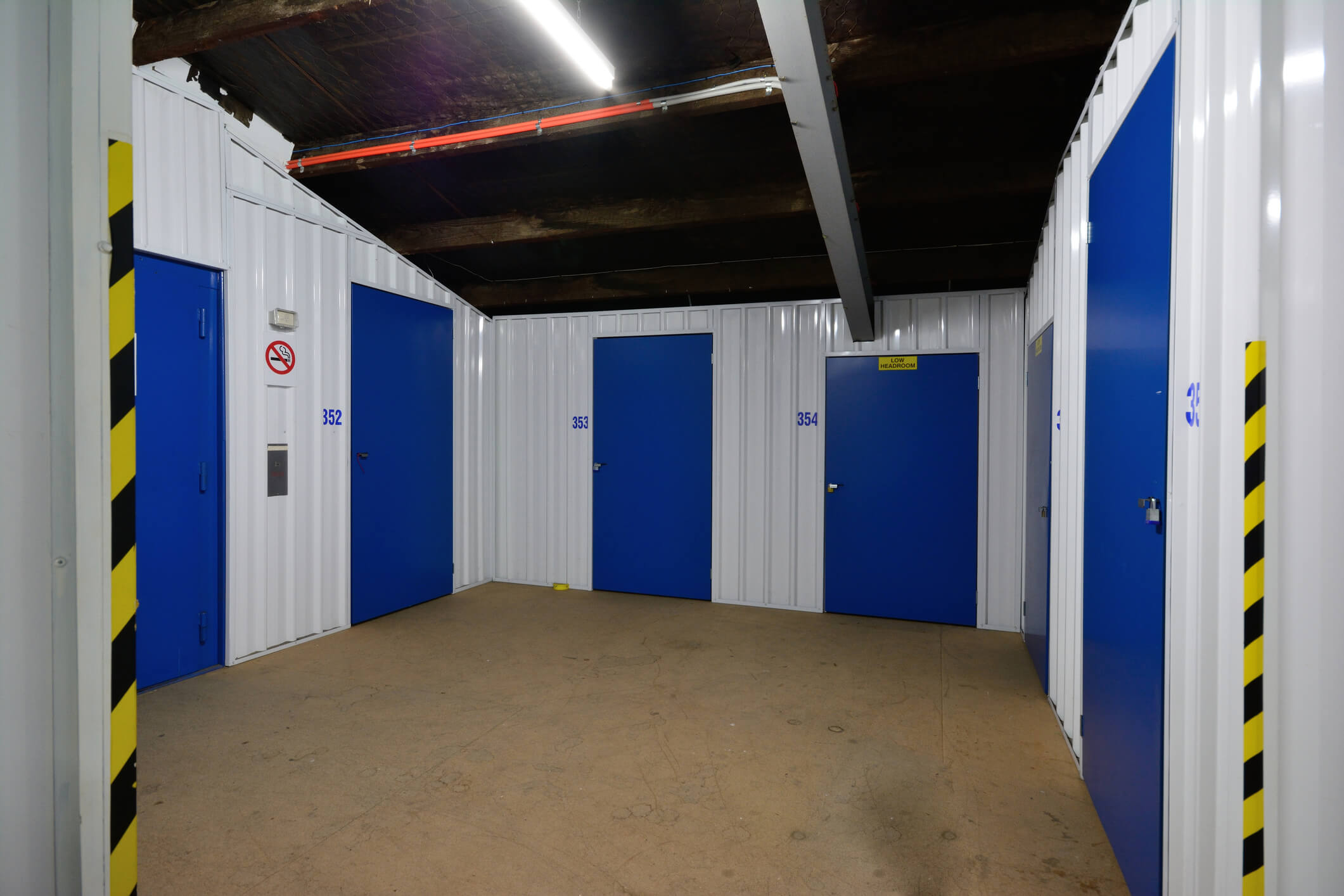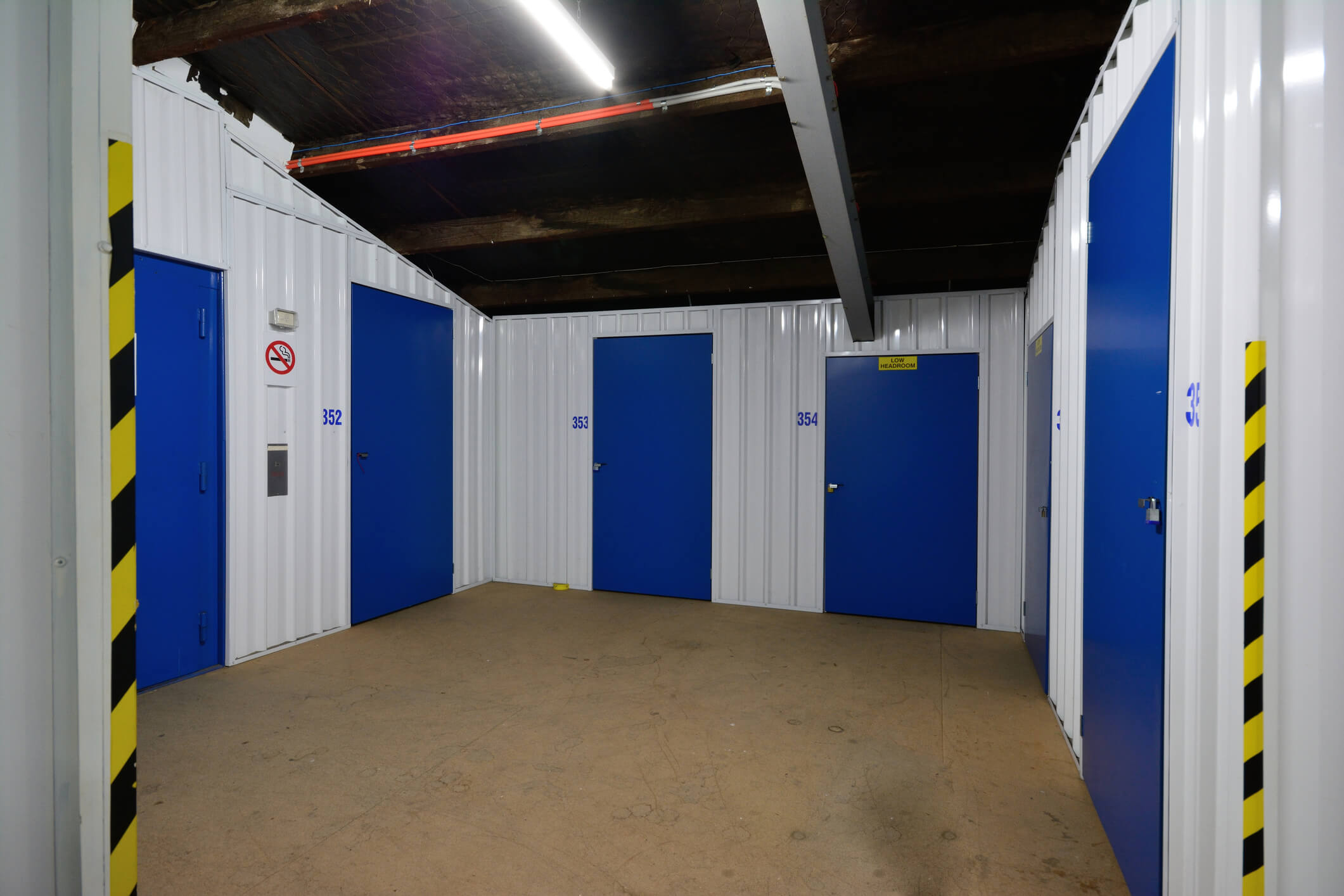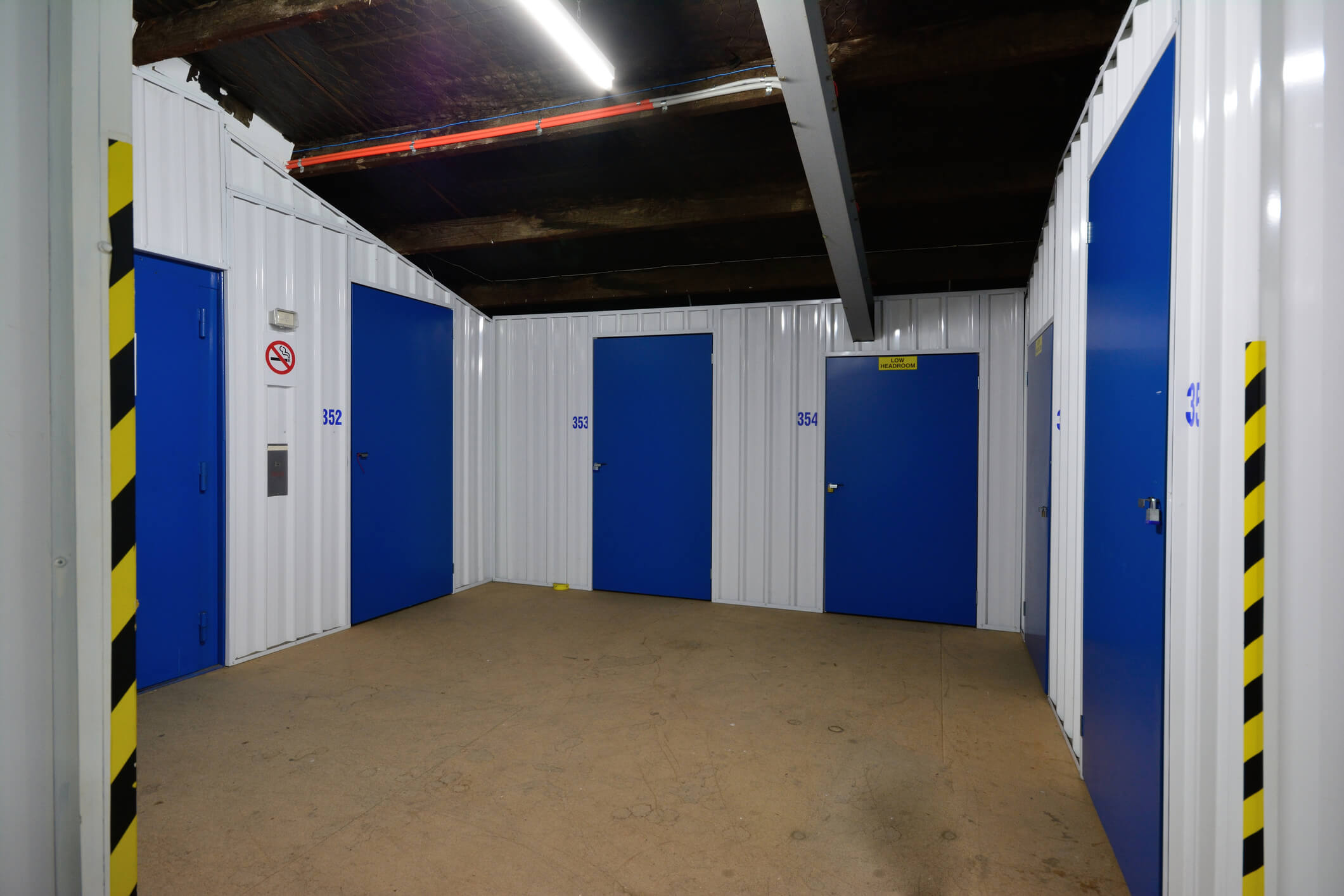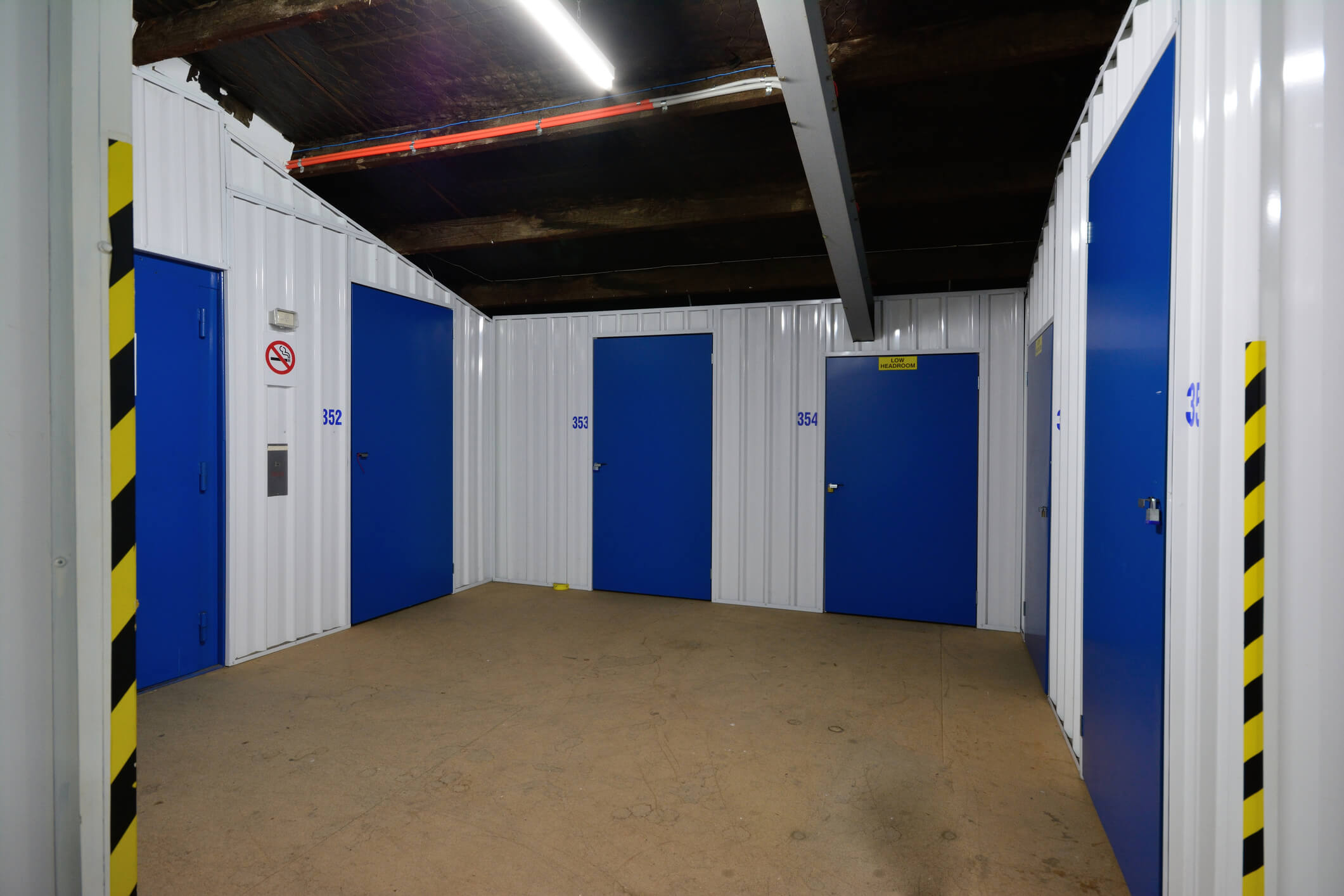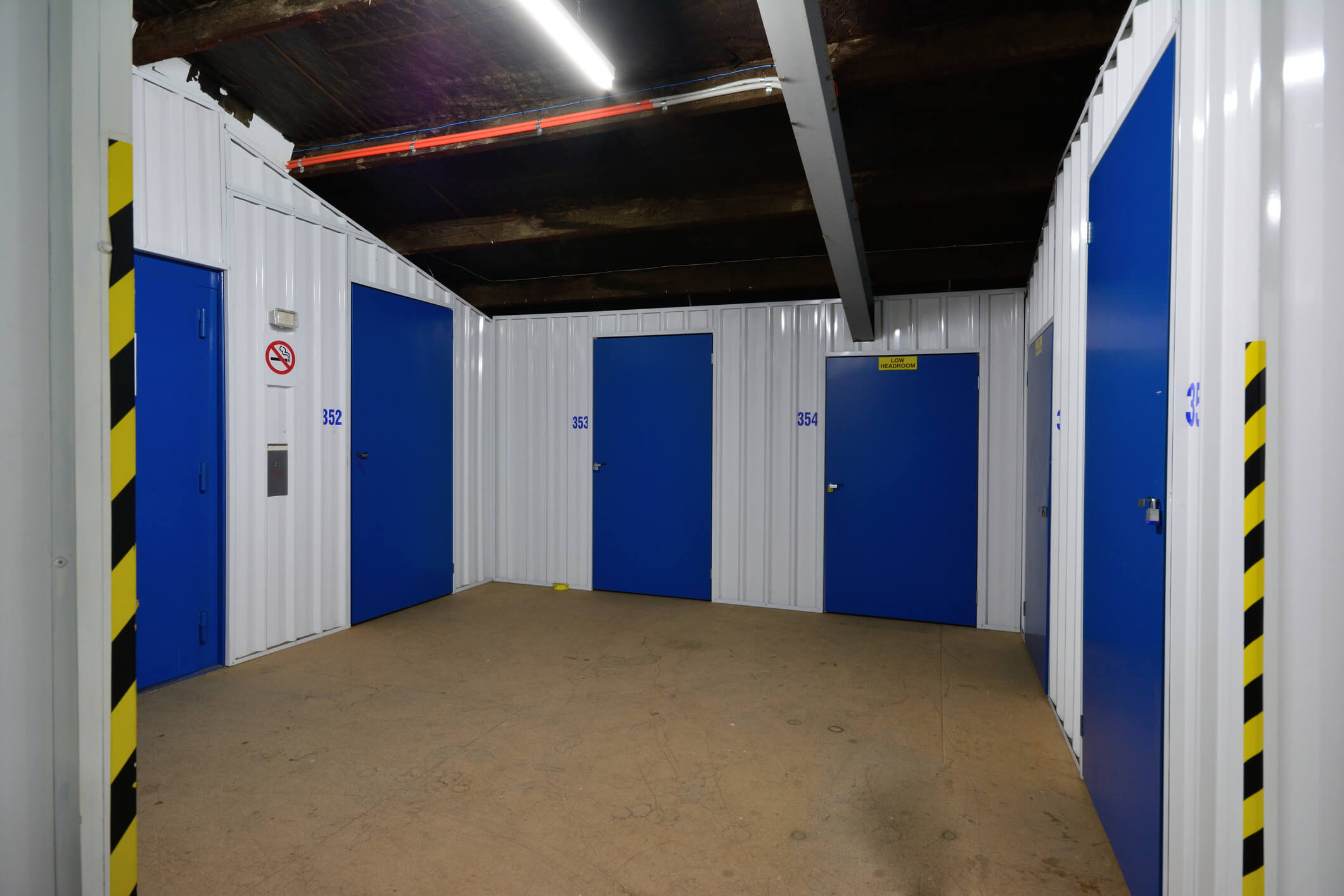Running a storage facility business involves significant operational risks that could force temporary closure or s…
Storage Facility Fire Safety Insurance: Comprehensive Protection for Self-Storage and Warehouse Operations
Storage facilities face unique fire risks that standard commercial insurance policies often fail to address adequately. From self-storage units packed with personal belongings to industrial warehouses storing flammable materials, these operations require specialized fire safety insurance coverage. Understanding the specific fire hazards, regulatory requirements, and insurance solutions available is crucial for protecting your storage facility business, your customers' property, and your financial future.
Understanding Storage Facility Fire Risks
Storage facilities present distinct fire hazards that differ significantly from other commercial properties. The concentration of stored goods, limited ventilation in some areas, and potential for rapid fire spread create elevated risks that require specialized insurance consideration.
Common Fire Hazards in Storage Facilities:
- Electrical system failures in older buildings
- Heating and cooling equipment malfunctions
- Improper storage of flammable materials by tenants
- Arson and vandalism targeting unattended facilities
- Vehicle fires in loading areas
- Smoking violations by customers or staff
- Overloaded electrical circuits from tenant equipment
- Chemical reactions between incompatible stored materials
- Spontaneous combustion in organic materials
- Lightning strikes on large facility structures
Types of Storage Facilities and Their Fire Risks
Self-Storage Facilities
Self-storage operations face unique challenges as facility operators have limited control over what tenants store. Fire risks include household chemicals, old electronics, flammable liquids, and improperly stored materials that could ignite or accelerate fires.
Industrial Warehouses
These facilities often store large quantities of similar materials, creating concentrated fire loads. Risks include high-value inventory, specialized equipment, and materials that may require specific fire suppression systems.
Cold Storage Facilities
Refrigerated storage presents additional risks from refrigeration equipment, insulation materials, and the challenge of fire suppression in low-temperature environments.
Document Storage Facilities
Paper-based storage creates significant fire loads with rapid flame spread potential, requiring specialized fire detection and suppression systems.
Essential Fire Safety Insurance Coverage Components
Property Damage Coverage
This fundamental coverage protects the physical structure of your storage facility, including buildings, fire suppression systems, security equipment, and office areas. Coverage should account for the full replacement cost of specialized storage facility features like climate control systems, security infrastructure, and loading equipment.
Business Interruption Insurance
Fire damage can shut down storage facility operations for extended periods during cleanup and reconstruction. Business interruption coverage compensates for lost rental income, continuing expenses, and additional costs incurred while operations are suspended. This coverage is particularly crucial for storage facilities as customer relationships and market position can be difficult to rebuild after extended closures.
Tenant Goods Coverage Considerations
While storage facilities typically require tenants to maintain their own insurance, facility operators may face liability for stored goods under certain circumstances. Understanding your legal obligations and ensuring appropriate coverage limits is essential for comprehensive protection.
Equipment Breakdown Coverage
Fire suppression systems, HVAC equipment, and security systems are critical for storage facility operations. Equipment breakdown coverage protects against the cost of repairing or replacing these systems and any resulting business interruption.
Liability Protection in Fire Incidents
General Liability Coverage
Storage facility operators face potential liability claims if fires spread to adjacent properties or if inadequate fire safety measures contribute to losses. General liability coverage protects against third-party claims for property damage or bodily injury resulting from fire incidents.
Professional Liability Considerations
Facility operators who provide advice on storage methods or fail to properly maintain fire safety systems may face professional liability claims. This coverage protects against claims alleging negligent advice or inadequate facility management.
Environmental Liability
Fires can create environmental contamination from smoke, fire suppression chemicals, or burning stored materials. Environmental liability coverage addresses cleanup costs and third-party environmental damage claims.
Specialized Fire Suppression System Coverage
Sprinkler System Protection
Many storage facilities rely on sprinkler systems for fire protection. Insurance coverage should address system maintenance, accidental discharge damage, and the cost of upgrading systems to meet changing regulations.
Advanced Fire Suppression Systems
Some storage facilities use specialized suppression systems like foam, gas, or mist systems. These systems require specific coverage for maintenance, replacement, and potential system failures.
Fire Detection and Alarm Systems
Early detection systems are crucial for minimizing fire damage in storage facilities. Coverage should include the cost of maintaining and upgrading detection systems to meet current standards.
Regulatory Compliance and Fire Safety Requirements
Building Regulations Compliance
Storage facilities must comply with specific building regulations regarding fire safety, including compartmentalization, escape routes, and fire suppression systems. Insurance coverage should address the cost of bringing facilities into compliance with changing regulations.
Health and Safety Executive (HSE) Requirements
Storage facilities must meet HSE fire safety standards, particularly regarding employee safety and emergency procedures. Non-compliance can result in prosecution and increased insurance costs.
Local Authority Fire Safety Orders
Fire authorities may issue improvement notices requiring facility upgrades. Insurance coverage should address these mandatory improvements and any business interruption during compliance work.
Risk Assessment and Fire Prevention
Comprehensive Fire Risk Assessments
Regular professional fire risk assessments identify potential hazards and recommend preventive measures. Many insurers require these assessments and may offer premium discounts for facilities that implement recommended improvements.
Tenant Education and Screening
Implementing tenant education programs about fire safety and screening processes for prohibited items can significantly reduce fire risks and may result in insurance premium reductions.
Staff Training and Emergency Procedures
Well-trained staff who understand fire prevention and emergency response procedures are essential for minimizing fire risks and ensuring appropriate response to incidents.
Claims Process and Fire Incident Response
Immediate Response Requirements
Storage facility operators must understand their obligations following a fire incident, including notification requirements, evidence preservation, and coordination with emergency services.
Loss Adjustment Process
Fire claims often involve complex loss adjustment processes, particularly when multiple tenants are affected. Understanding the claims process and working with experienced loss adjusters is crucial for fair settlements.
Business Recovery Planning
Developing comprehensive business recovery plans that address customer communication, alternative storage arrangements, and operational continuity can minimize the impact of fire incidents on your business.
Cost Factors and Premium Considerations
Facility Age and Construction
Older facilities with outdated electrical systems or construction materials may face higher premiums. Upgrading these systems can reduce insurance costs and improve fire safety.
Fire Suppression System Quality
Facilities with modern, well-maintained fire suppression systems typically qualify for lower insurance premiums. The type and effectiveness of suppression systems significantly impact risk assessment.
Location and Fire Service Response
Proximity to fire stations and the quality of local fire services affect insurance costs. Rural facilities or those in areas with limited fire service may face higher premiums.
Claims History Impact
Previous fire claims significantly impact future insurance costs. Facilities with clean claims histories typically qualify for better rates and coverage terms.
Choosing the Right Insurance Provider
Specialist Storage Facility Insurers
Working with insurers who specialize in storage facility risks ensures better understanding of your unique exposures and more appropriate coverage solutions.
Coverage Limit Adequacy
Ensuring adequate coverage limits for property damage, business interruption, and liability protection is crucial. Underinsurance can leave significant gaps in protection.
Policy Terms and Conditions
Understanding policy exclusions, deductibles, and claim procedures before purchasing coverage prevents surprises during claim situations.
Additional Coverage Considerations
Cyber Insurance for Storage Facilities
Modern storage facilities rely heavily on computer systems for access control, billing, and security monitoring. Cyber insurance protects against system failures and data breaches that could compound fire-related losses.
Crime Insurance
Storage facilities are attractive targets for theft and vandalism, which can increase fire risks. Crime insurance provides additional protection against these exposures.
Directors and Officers Insurance
Storage facility owners and managers may face personal liability claims following significant fire incidents. D&O insurance protects against these personal exposures.
Frequently Asked Questions
What fire safety measures can reduce insurance costs?
Installing modern fire detection and suppression systems, implementing comprehensive tenant screening, maintaining detailed fire risk assessments, providing staff fire safety training, and establishing clear emergency procedures can all help reduce insurance premiums.
How does tenant insurance interact with facility insurance?
While tenants should maintain their own contents insurance, facility operators may still face liability for stored goods under certain circumstances. Understanding these obligations and ensuring appropriate coverage is essential.
What happens if a fire spreads from my facility to adjacent properties?
Your general liability coverage should protect against third-party property damage claims. However, ensuring adequate coverage limits and understanding policy terms is crucial for proper protection.
Are there specific fire safety requirements for different types of stored goods?
Yes, facilities storing hazardous materials, chemicals, or high-value goods may face additional regulatory requirements and insurance considerations. Specialist advice is recommended for these situations.
How often should fire risk assessments be conducted?
Most insurers and regulations require annual fire risk assessments, with additional assessments following significant changes to operations, storage types, or facility modifications.
What documentation is required for fire insurance claims?
Fire claims typically require incident reports, fire service reports, inventory records, financial statements, tenant agreements, and evidence of fire safety compliance. Maintaining comprehensive records is essential.
Can insurance cover the cost of upgrading fire safety systems?
Some policies include coverage for regulatory upgrades or improvements required following incidents. However, routine maintenance and voluntary upgrades are typically excluded.
How does the age of my storage facility affect fire insurance costs?
Older facilities with outdated electrical systems, construction materials, or fire safety systems typically face higher premiums. Upgrading these systems can reduce costs and improve safety.
What fire safety training should storage facility staff receive?
Staff should receive training on fire prevention, emergency procedures, evacuation protocols, fire extinguisher use, and coordination with emergency services. Regular refresher training is recommended.
Are there fire insurance requirements for storage facility financing?
Lenders typically require comprehensive fire insurance coverage as a condition of financing. Understanding these requirements and ensuring compliance is essential for maintaining financing arrangements.
Conclusion
Storage facility fire safety insurance requires specialized knowledge and comprehensive coverage to protect against the unique risks these operations face. From property damage and business interruption to liability claims and regulatory compliance, storage facility operators must understand their exposures and ensure appropriate insurance protection.
Working with experienced insurance professionals who understand storage facility risks, implementing comprehensive fire safety measures, and maintaining detailed risk assessments are essential steps for protecting your business. The investment in proper fire safety insurance coverage and risk management pays dividends in protecting your facility, your customers' property, and your business continuity.
For expert guidance on storage facility fire safety insurance and comprehensive coverage solutions tailored to your specific operation, contact Insure24 at 0330 127 2333. Our specialists understand the unique challenges storage facilities face and can help you develop appropriate protection strategies for your business.


 0330 127 2333
0330 127 2333

